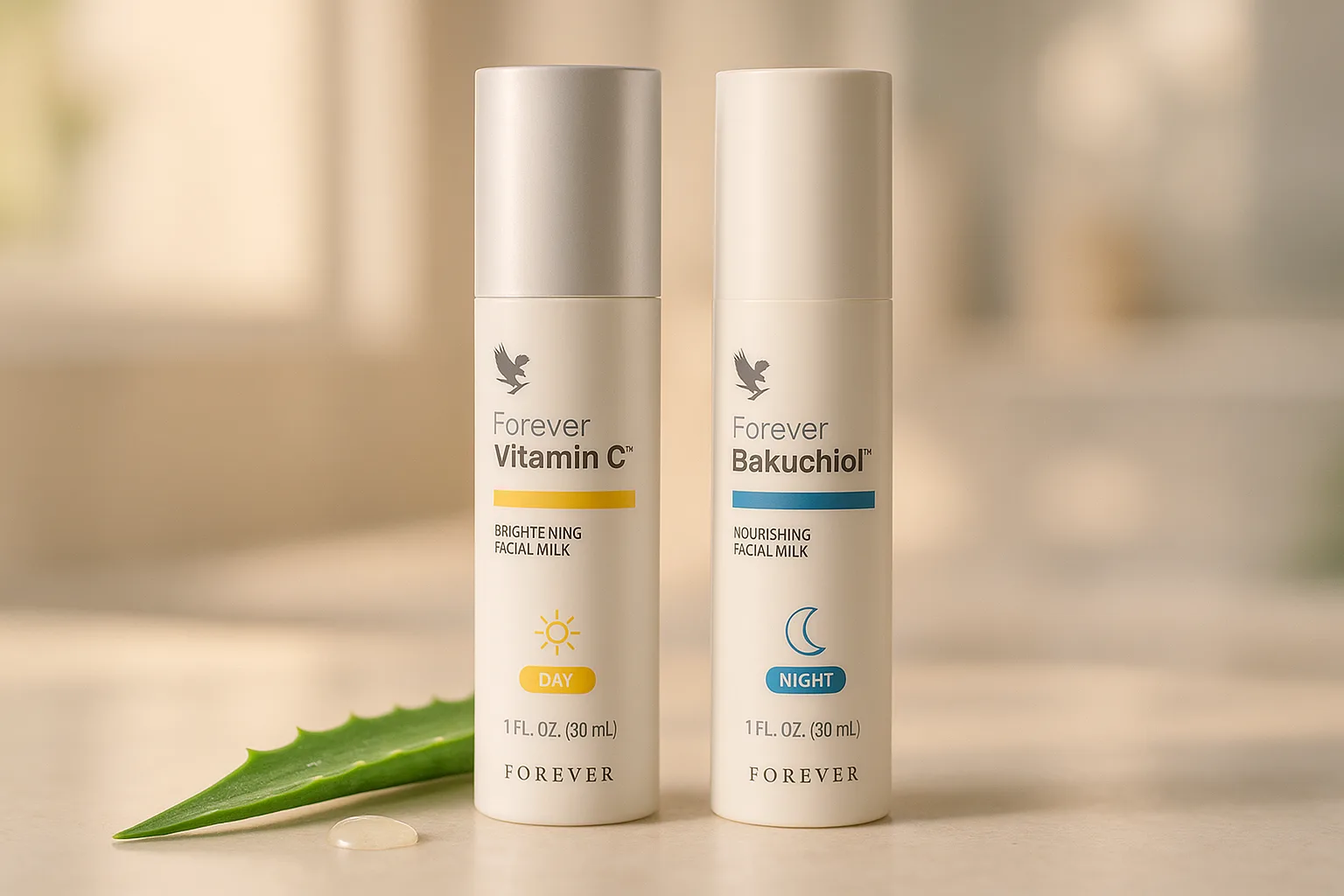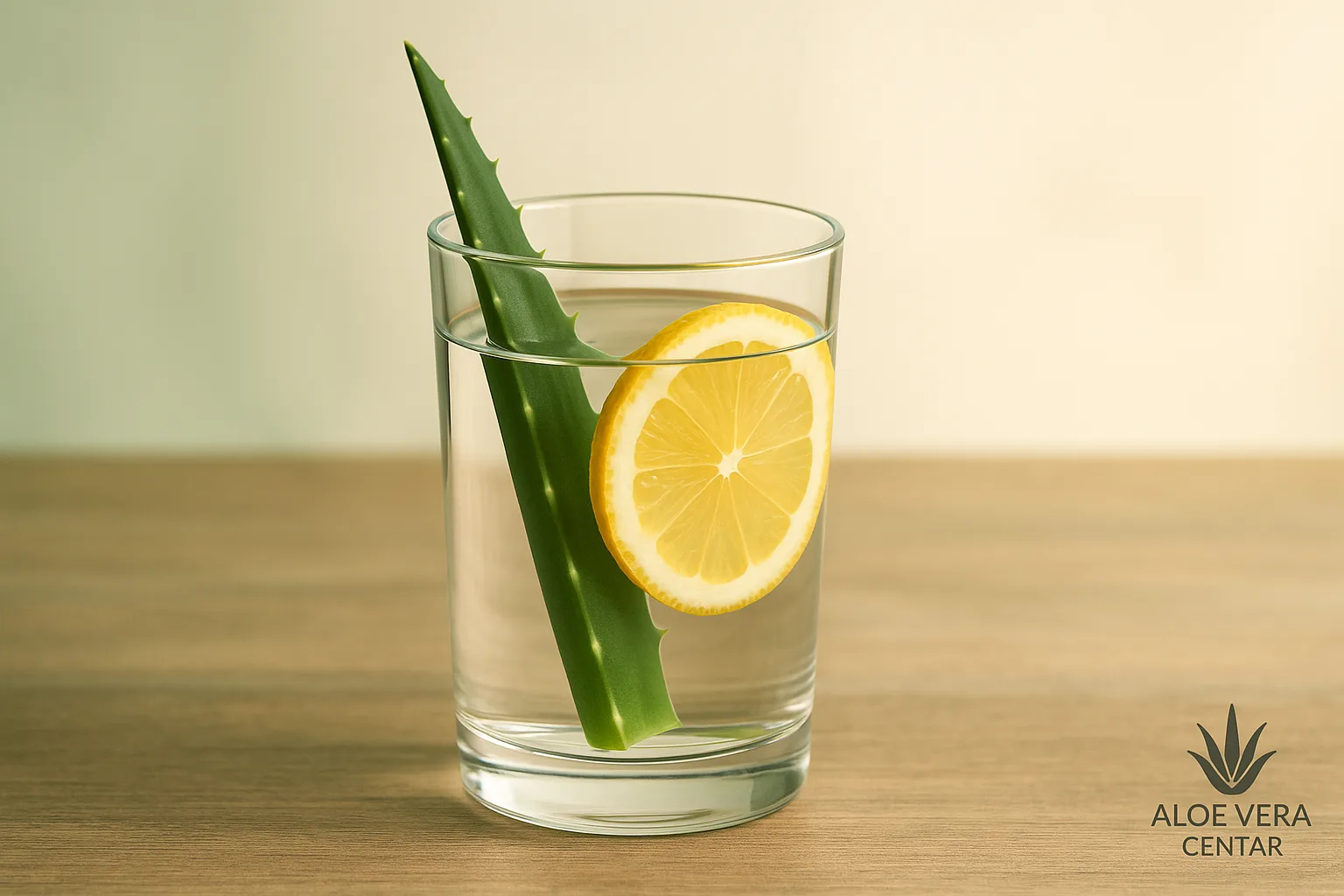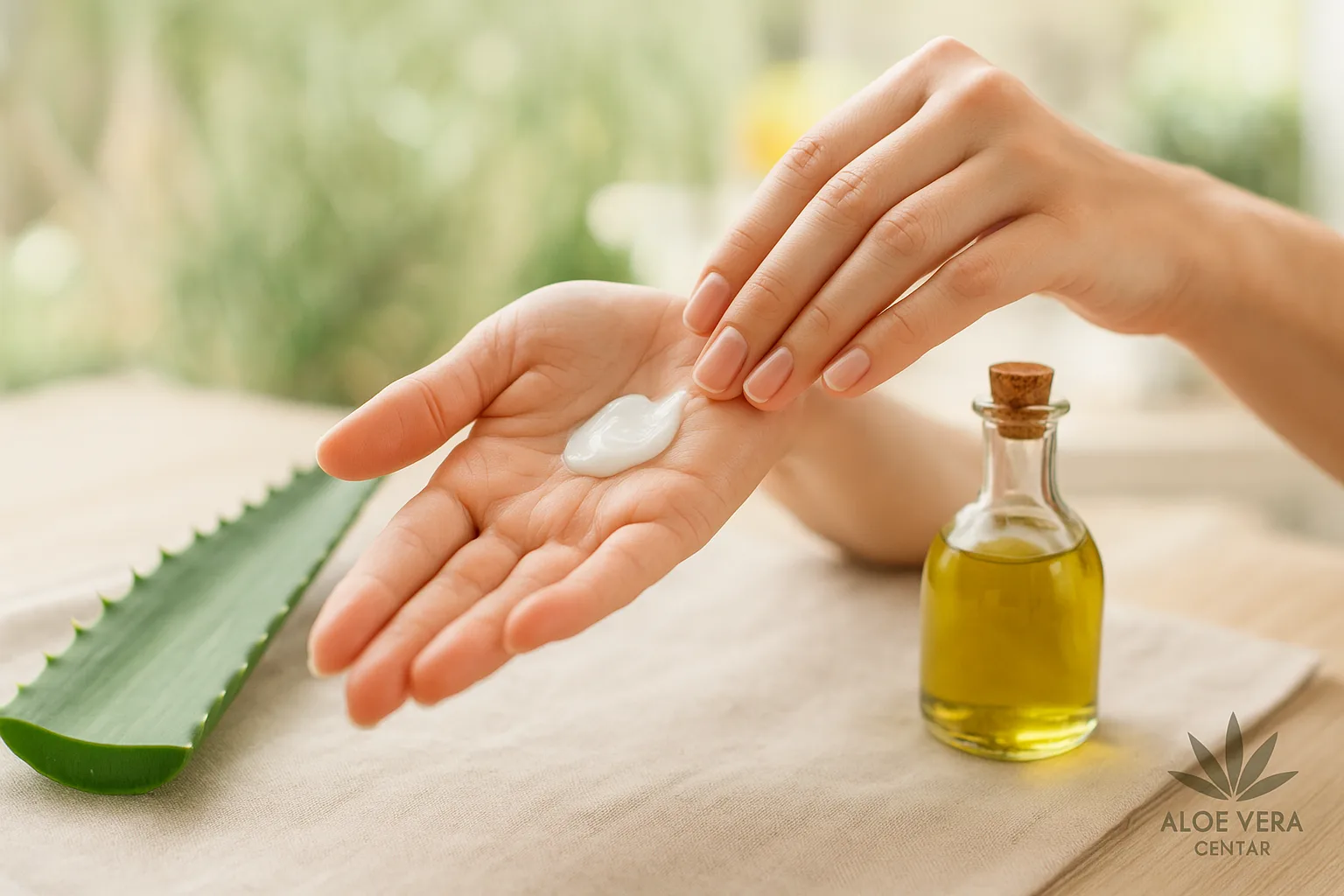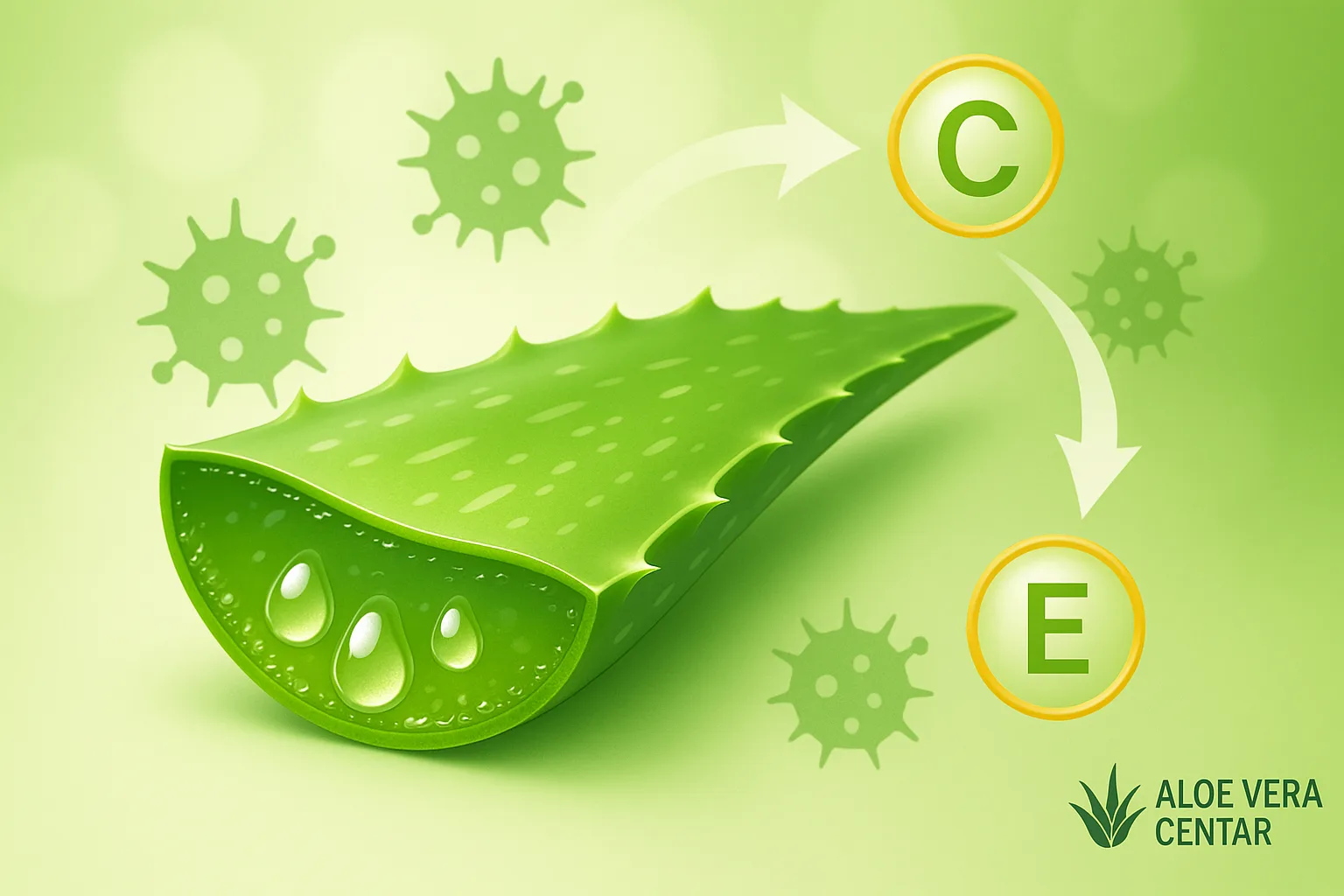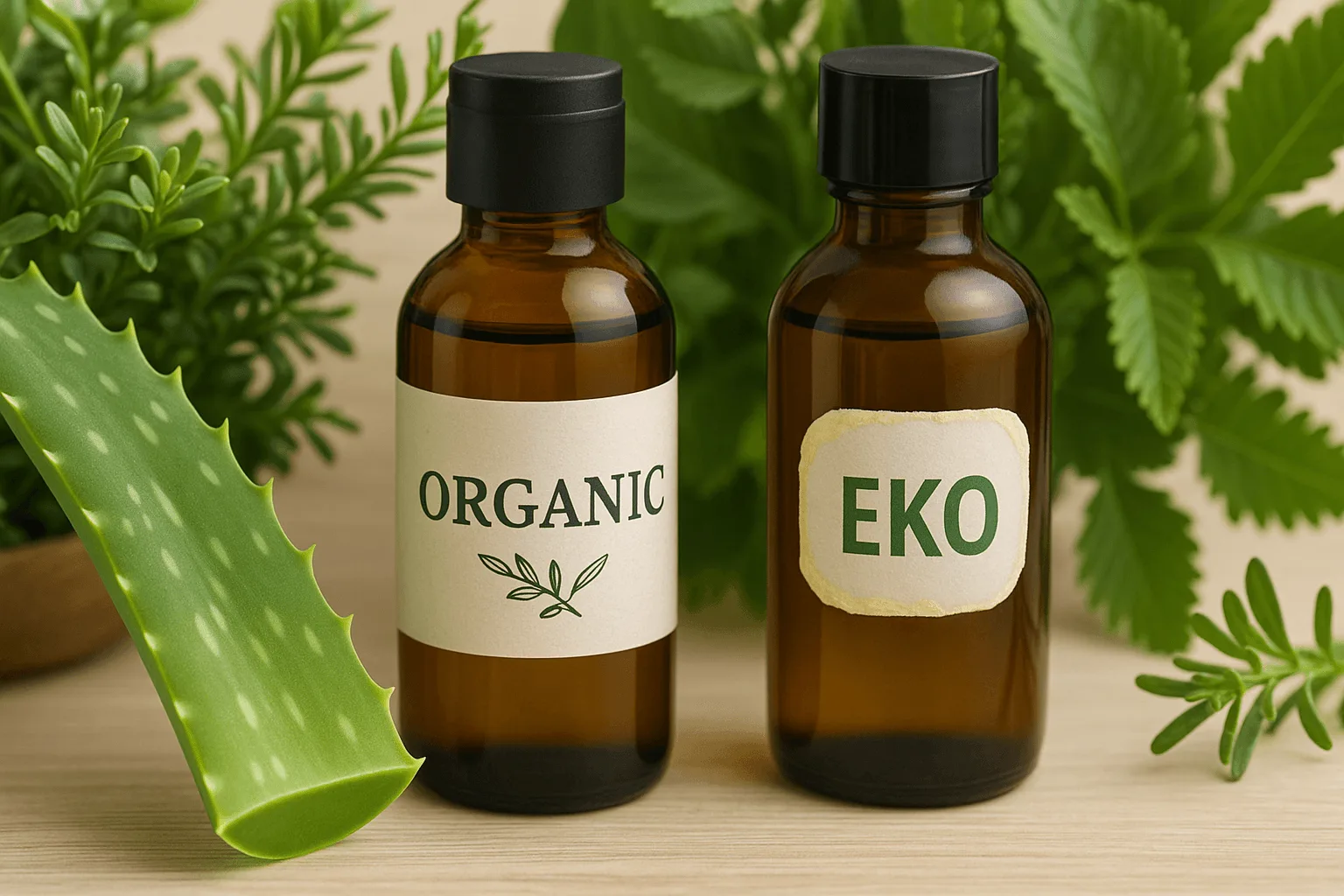
Natural Cosmetics: Uncover Fake “Organic” and “Eco” Labels
Natural Cosmetics: Uncovering Fake ‘Organic’ and ‘Eco’ Labels
Natural cosmetics have become extremely popular in recent years, with more and more products on store shelves and online shops being advertised as “organic,” “eco,” or “bio.” But have you ever wondered what’s really behind these labels? Are they legitimate or just a marketing trick used by sellers to attract customers? In a sea of different names and declarations, consumers are finding it increasingly difficult to navigate and rightfully doubt the truthfulness of certain claims. In this article, we reveal the most common misconceptions and hidden traps when it comes to natural cosmetics and how to identify fake or unfounded labels that promise more than they actually deliver. Keep reading to find out what it really means when a product is “natural” or “organic,” and how to stay informed and protected from unfair practices in the beauty and skincare industry.
Why Has the Demand for Natural Cosmetics Increased?
The growing popularity of natural cosmetics is closely linked to the global trend of turning to a healthier, more sustainable lifestyle. Informed consumers have started investigating ingredients in their skin and hair care products, discovering that many conventional formulas contain parabens, sulfites, synthetic fragrances, and other chemicals that can be potentially harmful to skin or the environment. The strong influence of social media, blogs, and influencers has also contributed to this change in awareness. People increasingly seek transparency in what they apply to their bodies.
Additionally, consumers are questioning production ethics: whether products are tested on animals, if sustainable sources are used, and if packaging is recyclable. Such efforts have resulted in increased demand for “natural” or “organic” cosmetics. However, with market growth, numerous questionable declarations and incomplete information have emerged, making it crucial to understand the difference between real and fake labels.
“Organic” vs. “Eco” vs. “Natural”: What Do They Actually Mean?
The term “natural cosmetics” itself is undefined by legal regulations in many countries. This means manufacturers can put the “natural” label on packaging even if the product contains only a small percentage of plant extracts or if the rest of the formula is still predominantly synthetic. Similar applies to terms like “organic” and “eco,” which consumers often equate with ecological or organic production without chemical pesticides. However, in practice:
- “Organic” – ideally, indicates that ingredients were grown without synthetic fertilizers and pesticides. However, without an internationally recognized certificate, this term can be just a marketing trick.
- “Eco” (ecological) – suggests responsible production with minimal negative environmental impact. However, if there’s no certificate or official confirmation of sustainable practices, the word “eco” may not mean much.
- “Natural” – the broadest and most undefined term. Manufacturers can call a product natural even if it contains only a small amount of plant ingredients, while the rest of the formula consists of industrial chemicals.
Certifications: how to Recognize Credible Labels?
Given that terms like “organic,” “bio,” and “eco” are often misused, it’s recommended to look for independent certifications as verification. Examples of internationally recognized certificates include:
1. ECOCERT
ECOCERT is one of the most well-known and oldest organizations for certifying ecological products. If you see this seal, it means that at least 95% of ingredients are of natural origin, and at least 10% of total ingredients (by mass) come from organic production.
2. COSMOS
COSMOS is a standard that has unified multiple European certifiers (including ECOCERT, BDIH, and Soil Association). It’s divided into two main labels: COSMOS ORGANIC and COSMOS NATURAL. The first indicates that the product contains a high percentage of organic ingredients, while the second emphasizes generally natural composition without necessarily organic origin for most ingredients.
3. NATRUE
This label classifies products into three categories: natural cosmetics, natural cosmetics with partial organic origin, and organic cosmetics. It requires meeting strict criteria such as avoiding synthetic fragrances and colors, petroleum derivatives, GMOs, and similar.
Of course, there are other certificates (e.g., USDA Organic in the USA, Soil Association in the UK), but the point is that labels must be supported by transparent standards and verifications. Otherwise, a manufacturer can use words like “eco-friendly” or “bio” without any accountability.
Most Common Deceptions and Marketing Tricks
To protect yourself from false promises, it’s important to learn to recognize signs of possible deception:
1. Greenwashing
Greenwashing refers to the practice where a company tries to present its products as “green” and environmentally friendly, although such claims are often unfounded. For example, packaging products in green-colored packaging and using words like “earth-friendly” or “eco-safe” without clear evidence or certificates is one of the most common tricks.
2. Hiding the Complete List of Ingredients
Manufacturers are required to list the complete list of ingredients on the declaration, usually under INCI (International Nomenclature of Cosmetic Ingredients). If you notice that the ingredients list is missing, incomplete, or doesn’t follow the INCI standard, you should be suspicious. Keep in mind that ingredients are listed from those with the highest content to those with the lowest.
3. Using Trendy Words without Substance
Words like “detox,” “anti-pollution,” or “clean” might sound attractive, but often lack solid scientific confirmation. If the product description insists on these terms but lacks concrete explanation of the mechanism of action and research behind it, it might be marketing exaggeration.
4. Seemingly “at the Top” of the List
Some manufacturers put a luxury or exotic ingredient like aloe in the product name or a large prominent label (e.g., “with Aloe”), but that ingredient is actually at the bottom of the list. This means it’s present in minimal quantity. If you’re interested in products with high aloe vera content, look for reliable brands like Forever Living.
Ingredients to Avoid in “Natural” Cosmetics
If a product is advertised as “natural” but still contains the following ingredients in significant quantities, it’s reasonable to doubt the credibility of its declarations:
- Parabens – preservatives that can disrupt hormonal balance.
- SLS (Sodium Lauryl Sulfate) and SLES (Sodium Laureth Sulfate) – foaming agents that can irritate skin and scalp.
- Synthetic fragrances (Parfum/Fragrance) – often contain phthalates and can cause allergic reactions.
- Mineral oils and paraffins – derived from petroleum, can clog pores and prevent skin breathing.
- Synthetic colors – can be potential irritants for sensitive skin.
Forever Living Products: an Example of Transparency
When it comes to aloe-based cosmetics, Forever Living has gained significant reputation. Their products, like Forever Aloe Propolis Creme, Aloe Moisturizing Lotion or Sonya Daily Skincare System, are developed with aloe vera as a key ingredient, not just a minimal addition. The company pays great attention to quality control, and many of their products meet standards demanded by the most discerning consumers.
If you’re looking for natural skincare solutions containing quality aloe vera, consider exploring the Forever Living range. If you want to try their products, you might be interested in a special offer with 15% discount in the official Forever store.
The “Clean Beauty” Trend: Will it Survive?
The “clean beauty” movement emerged as a response to lack of transparency in the cosmetics industry, promoting products without “harmful” and “controversial” ingredients. While it’s a commendable concept that encourages companies to consider ingredient safety, critics point out that “clean” isn’t always synonymous with “better.” For example, some 100% natural substances can be irritating (e.g., essential oils in high concentrations), while certain synthetic components are well-researched and safe.
Long-term effects of natural cosmetics on skin and environment
Effects of Natural Cosmetics on Skin and Environment
Some people prefer natural cosmetics because they have sensitive skin and want to avoid strong chemicals that can cause redness, itching, or other reactions. Others are focused on sustainability and choose products that are biodegradable and have minimal environmental impact. Several potential benefits:
- Lower likelihood of irritation – Natural ingredients like aloe vera, chamomile, or calendula are often gentler on the skin.
- Biodegradability and environmental progress – Many natural products come in environmentally friendly packaging, and the ingredients themselves break down faster in nature.
- Support for “fair trade” practices – Some brands work with local communities in developing countries, helping them grow and process raw materials under fair conditions.
However, it’s important to note that “natural” doesn’t mean “safe” – there are plant components that can cause allergies, and certain growing or processing methods can also be environmentally problematic. Therefore, it’s crucial to thoroughly read declarations and research ingredient origins. You can read more about this topic in our article.
How to Read the INCI List and Understand Product Composition?
One of the best ways to protect yourself from false “eco” or “organic” claims is to learn to read and interpret the INCI list (ingredients list):
- Order: Ingredients are listed by quantity from highest to lowest. If aloe vera is near the top, it means it’s truly a key component.
- Latin plant names: Natural extracts are usually listed with Latin names (e.g., Aloe Barbadensis Leaf Juice). You’ll recognize synthetic chemicals by their complex names or abbreviations like PEG, DEA, or EDTA.
- Understanding preservatives: Some preservatives (like benzyl alcohol or potassium sorbate) are relatively safe in small quantities. However, be careful with parabens and formaldehyde-releasing preservatives (e.g., DMDM Hydantoin).
- Hidden fragrances: If you see “parfum” or “aroma” on the list without further explanation, these are potentially problematic synthetic fragrances. Some certificates require manufacturers to specify the exact origin of fragrances.
Successfully navigating declarations is key to making informed decisions about products we bring into our homes and apply to our skin and hair.
FAQ – most Common Questions about Natural Cosmetics
1. How Safe are “Homemade” Products Really?
Homemade recipes for creams, lotions, and masks are popular on the internet. While they may be natural, keep in mind that lack of preservatives and strict control sometimes results in microbiological contamination. Also, some essential oils can be too concentrated for direct skin application. If you choose “homemade” cosmetics, use verified recipes and pay attention to hygiene during preparation.
2. Why are Natural and Organic Creams Often more Expensive?
Growing and extracting plant ingredients without pesticides and artificial fertilizers can be more demanding and expensive processes. Certification houses also charge for supervision and checks. All this increases the final product price. However, higher price often reflects better ingredient quality and production chain sustainability.
3. Can a “100% Natural” Product Irritate Skin?
Yes, it’s possible. “Natural” doesn’t mean “hypoallergenic.” Some plants, oils, or even bee products (like propolis) can cause allergic reactions in sensitive individuals. It’s always recommended to do a small skin test before extensive application.
4. Does Forever Living Offer Natural Cosmetics?
Forever Living offers various cosmetic lines based on high percentages of pure aloe vera. Examples include Sonya Daily Skincare System and Aloe Propolis Creme. While they don’t always brand themselves as “certified organic” in terms of certain European standards, their products emphasize quality and transparency, which can be verified in declarations and user reviews. If you’d like to try them, you can get 15% off selected products in the official Forever store.
Conclusion: Key Guidelines for Smart Purchasing of “Natural” Products
In a cosmetics world full of “organic” and “eco” declarations, it’s important to arm yourself with knowledge and critical thinking. Natural cosmetics can be an excellent choice for your skin and environment, provided they’re truly produced according to appropriate standards and ingredients are clearly declared. Pay attention to:
- Presence of relevant certificates (ECOCERT, COSMOS, NATRUE…).
- Complete list of ingredients (INCI) and position of key ingredients on it.
- Balance between natural and safe synthetic ingredients.
- User reviews and credible testimonials.
If you’re looking for a brand that offers aloe-based products while maintaining quality, consider the Forever Living range. Now you have the opportunity to take advantage of a special offer and save on your first purchase.
Remember: nobody knows your skin better than you do. Research, ask questions, and don’t rely solely on “natural” promises that aren’t supported by transparent information. This way, you’ll be sure you’re getting a product that truly meets your expectations and values.
This content is not a substitute for professional medical advice. In case of specific health issues or concerns, consultation with a physician, dermatologist, or other expert is recommended.

